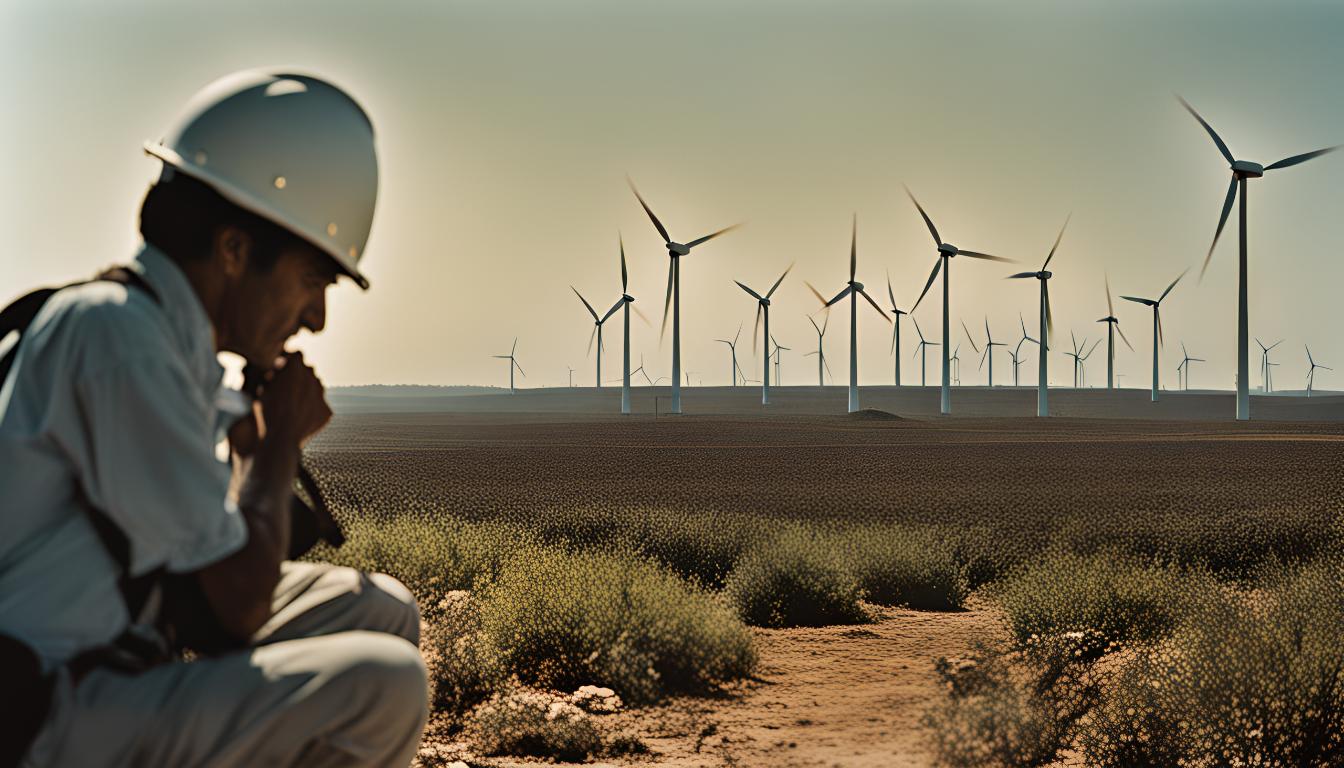
In the bustling city of New York in 2045, the air buzzed with the gentle hum of flying cars. Once the stuff of science fiction, these vehicles had become an everyday reality. The invention of short-distance flying cars, colloquially known as “sky-drones,” had revolutionized urban life, transforming how people navigated the world. They hovered above congested streets, gliding effortlessly from one skyscraper to another, their sleek designs casting shadows over the vibrant city below.
Initially, the introduction of sky-drones was met with skepticism. Many questioned their safety and practicality. However, as technology advanced, so did public acceptance. The first generation of sky-drones was cumbersome and required skilled pilots to navigate the skies. But with improvements in artificial intelligence and autonomous systems, flying cars became accessible to the average citizen. The skies were no longer the exclusive domain of the wealthy or the adventurous; they were open to anyone with a license and a desire to soar.

For New Yorkers, the benefits were immediate and profound. Commuting times were slashed dramatically. What once took an hour in bumper-to-bumper traffic could now be accomplished in mere minutes. This newfound efficiency extended beyond personal convenience. Emergency services were among the first to adopt the technology, drastically improving their response times. Firefighters, paramedics, and police officers could reach the scene of an incident without delay, saving countless lives.
However, the rise of sky-drones was not without its challenges. The skies above major cities became increasingly crowded, leading to the development of sophisticated air traffic control systems. Powered by advanced algorithms, these systems ensured that the skies remained safe and orderly. Despite these precautions, accidents were inevitable. Occasional mid-air collisions or malfunctioning drones served as stark reminders of the risks associated with this new mode of transportation.
The environmental impact of flying cars was another point of contention. While they reduced the need for sprawling highways and parking lots, the energy demands of keeping vehicles aloft were significant. Initially, reliance on traditional fossil fuels led to increased emissions, but the development of efficient electric propulsion systems mitigated these concerns. Solar panels and wind turbines became common sights on rooftops, harnessing renewable energy to power the sky-drones.
As the technology matured, so did the cultural landscape. The ability to travel above the cityscape inspired a new wave of creativity and innovation. Architects designed buildings with sky-drones in mind, incorporating landing pads and aerial access points into their blueprints. Restaurants and businesses opened rooftop venues, offering patrons breathtaking views of the city from above. The sky became a new frontier for exploration and commerce, with entrepreneurs finding novel ways to capitalize on the aerial revolution.
Yet, not everyone embraced these changes with open arms. The noise pollution generated by the constant drone of engines was a persistent issue, leading to protests and calls for stricter regulations. Privacy concerns also arose as drones equipped with cameras and sensors became ubiquitous. The ability to peer into high-rise apartments or monitor individuals from above raised ethical questions about surveillance and personal freedom.
Despite these challenges, the world adapted. Regulations were implemented to address noise and privacy concerns, and the technology continued to evolve. Sky-drones became quieter, more efficient, and more integrated into the fabric of daily life. The skies, once a symbol of limitation, became a testament to human ingenuity and progress.
As the years passed, the novelty of flying cars wore off, and they became as commonplace as the automobiles of the past. Children grew up dreaming not of driving but of piloting their own sky-drones. The world had changed in ways once unimaginable, and humanity adapted, as it always does, to the new reality.
In the end, the advent of flying cars did more than transform transportation; it reshaped society itself. It challenged humanity to rethink its relationship with the environment, technology, and one another. It was a testament to the power of innovation and the enduring spirit of exploration that defines the human race. As people gazed skyward, they saw not just machines but a future filled with endless possibilities.




